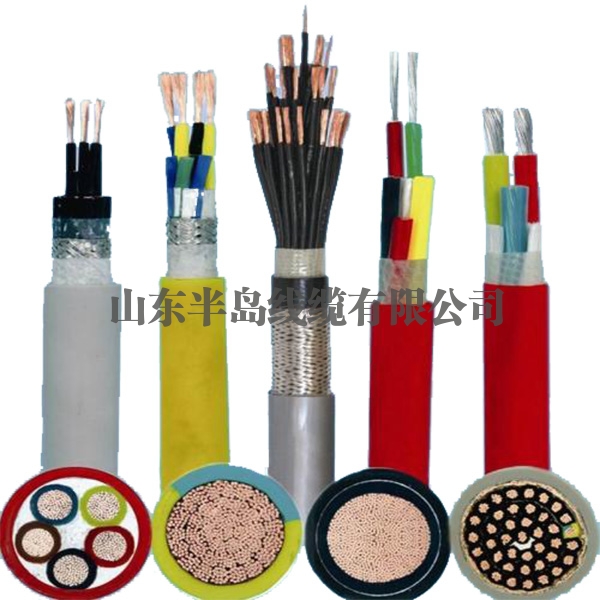With the increasing global demand for renewable energy, battery energy storage has become increasingly important. However, battery energy storage also faces challenges, one of which is the problem of cables. The cable is a key component to deliver electric energy from the power plant to the user, but in the battery energy storage system, the cable needs to cope with higher current and frequent charging and discharging cycles. This article will discuss New energy cable How to deal with this challenge and explore the possible development direction in the future.
First, understanding the fundamentals of battery energy storage is critical to understanding the cable challenge. Battery energy storage separates electricity from the power network by converting it into chemical energy and storing it inside the battery. When power is needed, the battery converts the stored chemical energy into electrical energy and releases it into the power network. This process of storing and releasing electric energy involves high current and frequent charging and discharging cycles, and cables need to meet these challenges.
The cable challenges in battery energy storage systems mainly include the following aspects.
The first is the selection of cable materials. Since the battery energy storage system requires high current transmission and frequent charging and discharging cycles, the cable materials must have low resistance and high durability. Traditional copper cable materials are often unable to meet these requirements, because copper has relatively high resistivity and is prone to problems such as electron migration and thermal expansion. Therefore, new energy cables need to use more advanced materials, such as aluminum or other conductive materials, to reduce resistance and improve durability.
The second is the design and structure of the cable. Traditional cable design is often based on the need to deliver stable power, while the battery energy storage system needs to cope with higher current and frequent charging and discharging cycles. Therefore, new energy cables need to adopt more advanced design and structure to improve current capacity and cycle life. For example, you can increase the cross-sectional area of conductors, increase the contact area between conductors, and use materials and connections with more cycles.
Another challenge is the cooling of cables. The charging and discharging process of the battery energy storage system will generate a lot of heat. As a key part of energy transmission, the cable must be able to effectively dissipate heat to avoid overheating. Therefore, new energy cables need to use materials with better heat dissipation performance and design better heat dissipation structures to ensure long-term stable operation of cables under high current and frequent charging and discharging cycles.
In addition, the safety of cables also needs to be considered. Since the battery energy storage system involves high voltage and current, the cable must be able to safely transmit electric energy without causing fire or other safety accidents. Therefore, new energy cables need to adopt better insulation materials and safety design to reduce the risk of electric shock and fire.
In order to solve these cable challenges, there have been some new energy cable development directions. On the one hand, some companies and research institutions have begun to develop new conductive materials, such as carbon nanotubes and high-temperature superconductors, to improve the resistivity and durability of cables. On the other hand, some researchers began to explore new cable design and structure, such as spiral cable and multi-layer structure cable, to improve current capacity and cycle life. In addition, new heat dissipation technologies, such as fluid cooling and passive heat dissipation structures, are also being applied to new energy cables.
In general, the development of battery energy storage puts forward higher requirements for cables. In order to meet the challenges of battery energy storage, new energy cables need to use more advanced materials, design and structure, and have good heat dissipation and safety performance. With the continuous innovation and development of technology, it is believed that the future new energy cables will be able to better meet the challenges of battery energy storage and make greater contributions to sustainable development.










